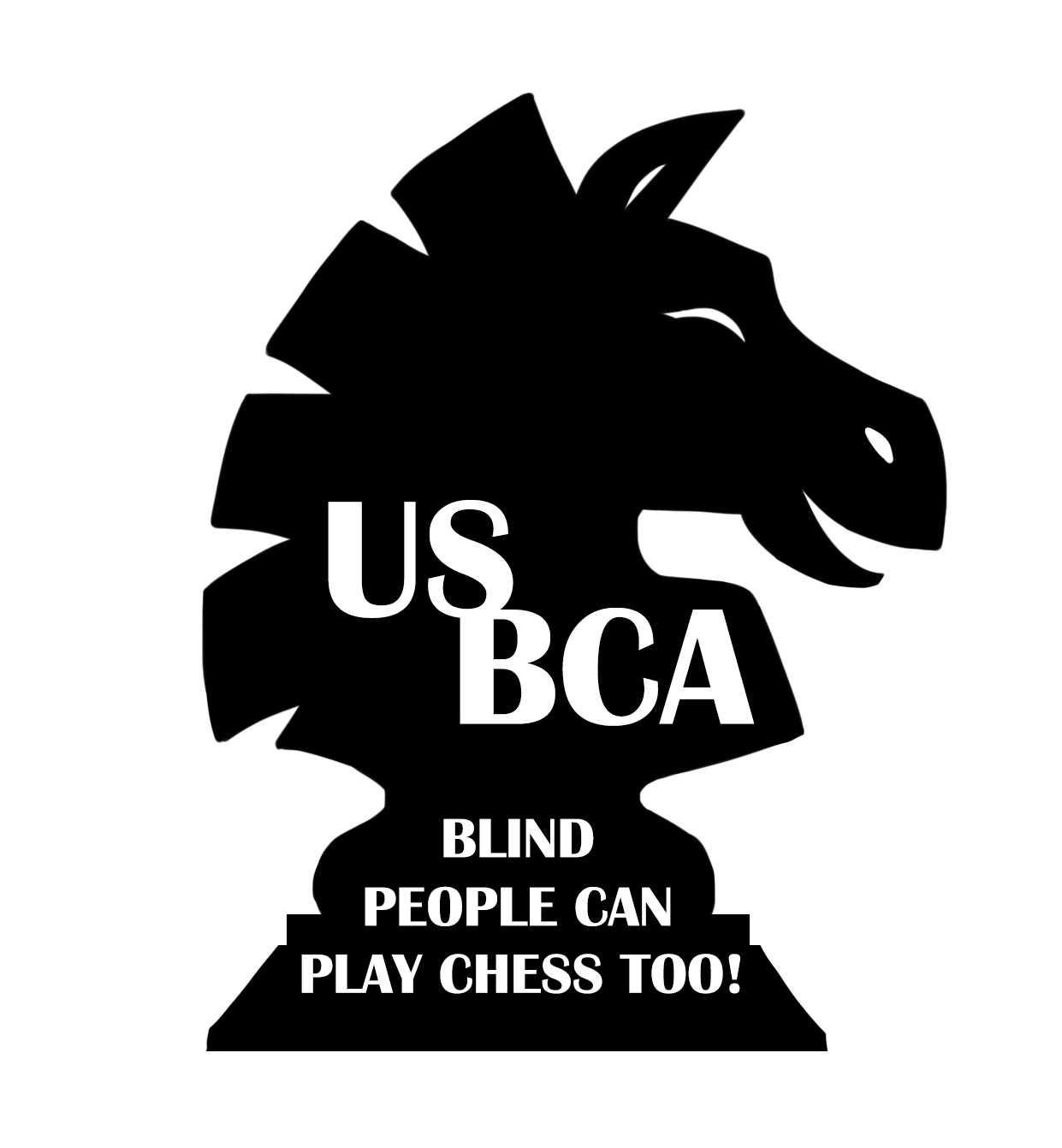Chess Notation
Notation for Playing correspondence and Over-the-board Chess
When playing correspondence games and keeping score, writing down moves, for live games, use the universal algebraic notation as described below. If you have any questions about how this works, feel free to Contact the tournament director using the below information.
Tournament Director Contact Information
Please write this information down somewhere other than on your computer in case you do not have access to your computer when you need it. It is your responsibility to keep this contact information where you can access it.
- Tournament director: Mario Montalvo
- Tournament director email: superfoxpro@gmail.com
- Tournament Director cell phone (text or call): 832-997-2511
Pieces
Note that when writing a score, enter the designations for pieces in upper case except for pawns. Here are the designations for pieces.
R = Rook N = Knight B = Bishop Q = Queen K = King p = pawn
Designating Squares
When writing moves, put the squares in lower case. Write moves from White’s perspective. Rows are called ranks in chess. columns are called files. File designations go from a to h. Rank designations go from 1 to 8. Write squares starting with file letters, followed by row numbers with no space in between. For example a1 and h8.
Writing Moves
To write moves for pieces, first enter the piece followed by the letter and number for the square. For example, Nf3.
When two of the same piece can land on a given square, write the move so that you make it clear which piece you are moving. For example, two Knights can land on d7. One knight is on B8. The other is on F6. You want to move the Knight from b8; so you write Nbd7. You could also write n8B7.
When writing pawn moves, only enter the square the pawn will land on. For example, d4.
When promoting, write an = sign after the move, followed by the piece you want to promote the pawn to. For example b8=Q
Designating Captures
To write a move in which a piece makes a capture, put an x between the piece and the square. For example, Nxd5.
When writing a pawn capture, write the letter of the square the pawn comes from followed by the full name of the square the pawn lands on. For example, bxc5.
To indicate En passant captures, specify the capture as you would a normal pawn capture, followed by e.p. For example: dxc6 e.p.
To castle, use capital O’s. King’s side is O-O, queen’s side is O-O-O.
To indicate check, add a + sign to the end of the move. For example: Nb7+.
To show checkmate, put a # sign after the move. For example: Qc1#
A Sample Game
The following is a sample game score that illustrates most of chess notation. The game is from the book “Play Winning Chess” by Yasser Seirawan.
[Site "?"]
[Date "????.??.??"]
[Round "?"]
[White "Testing Your Skills"]
[Black "?"]
[Result "*"]
[Annotator "Yasser Seirawan"]
[PlyCount "1"]
[SourceTitle "Play Winning Chess"]
[Source "Everyman Chess"]
[SourceDate "2019.11.04"]
1. e4 e6
2. d4 d5
3. e5 c5
4. c3 Nc6
5. Bd3 c4
6. Bc2 Nge7
7. Nh3 b6
8. O-O Bd7
9. b4 cxb3
10. axb3 Rc8
11. Qh5 a6
12. Ng5 g6
13. Nxh7 gxh5
14. Nf6#
